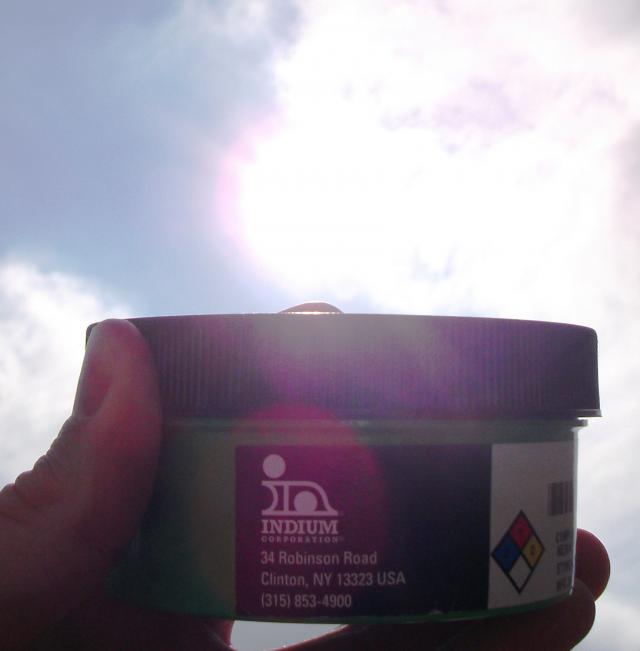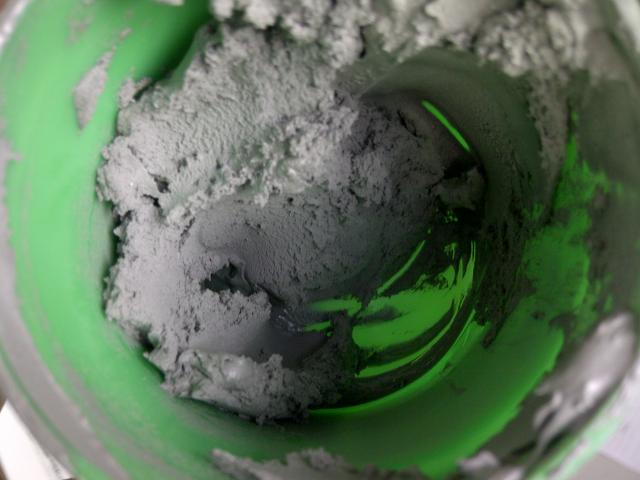 It is summer time again in the Northern Hemisphere and many places, especially in North America, are experiencing record heat. It also seems that most locations in the Southern Hemisphere stay reasonably warm even during their winter. What does that mean if you are a solder paste supplier? It means that, even with the best practices, there will be occasional shipments of paste that arrive at the customer’s dock “warm”. And this can be alarming to customers.
It is summer time again in the Northern Hemisphere and many places, especially in North America, are experiencing record heat. It also seems that most locations in the Southern Hemisphere stay reasonably warm even during their winter. What does that mean if you are a solder paste supplier? It means that, even with the best practices, there will be occasional shipments of paste that arrive at the customer’s dock “warm”. And this can be alarming to customers.
Solder paste is a heat sensitive product. Make no mistake about it. Excessive and prolonged heat can, and does, damage solder paste. Solder paste is a “perishable” item much the same as are milk and eggs. And we, the solder paste manufacturer, know that. So, we do many things to make sure that the paste arrives at the customer’s dock in its most viable condition. The intent is for the paste to arrive at <25C, not cold or cool. Here is a list of practices commonly employed to insure that the paste is not thermally damaged during transit:
- Overnight Shipping
- Thermally Protective Packaging (styrofoam coolers, etc.)
- Cold Packs
- Refrigeration of Paste Prior to Shipping (when appropriate)
- Inclusion of Temperature Strips (when appropriate)
Given all the safe guards that we put in place, it is extremely rare that a solder paste delivered “warm” has been damaged. It is almost always related to something having gone amiss in the delivery. For example, the solder paste, even though shipped with overnight delivery, gets “lost” by the carrier and spends a few days in the back of a truck, at the height of summer in Arizona, before it gets delivered. In such an irregular scenario as this, it is possible that the solder paste may have been damaged.
Thermally damaged paste is not a subtle thing. It is not something that will sneak up and cause some sort of unforeseen product failure in the field. It is quite obvious. There are 2 things that are evident with thermally damaged paste:
1) The viscosity changes noticeably (usually increases or “thickens”) - manifesting itself during the printing or dispensing process.

Both of these properties can be easily measured and observed by the customer. Becoming alarmed and contacting the supplier is not necessary if the paste is printing/dispensing and coalescing fine. So, if you receive "warm" solder paste that dispenses or prints properly, you are in good shape. You only need to consult with your supplier of your solder paste exhibits one or both of these behaviors.



